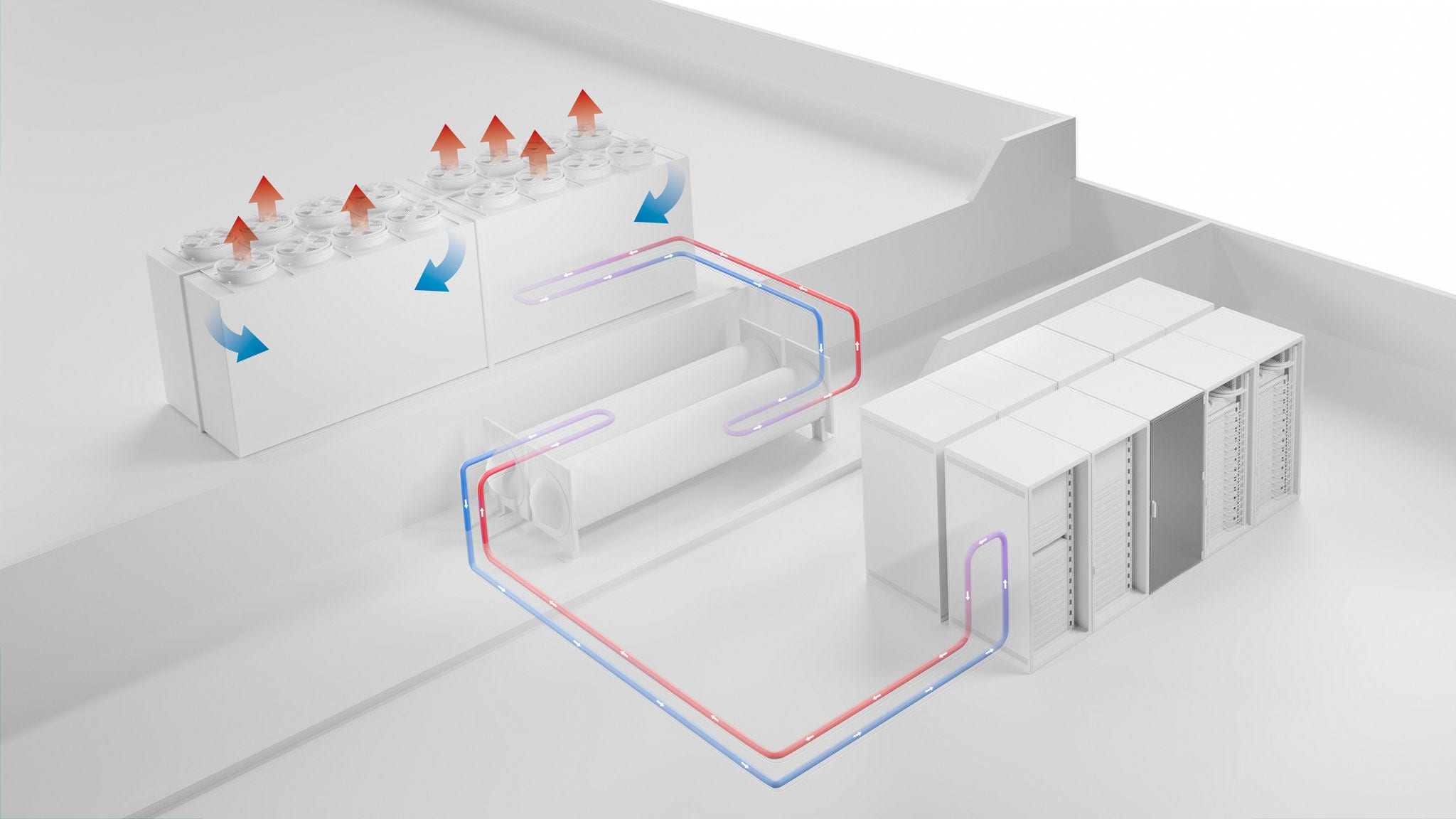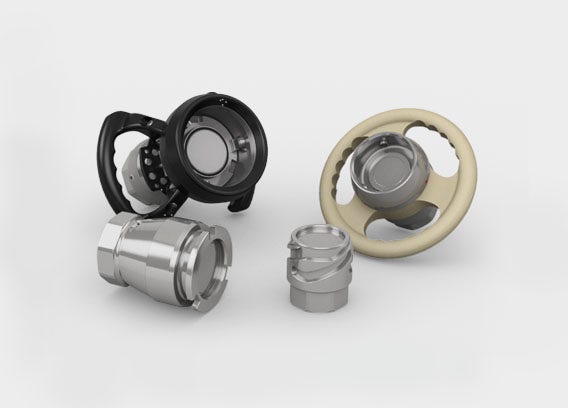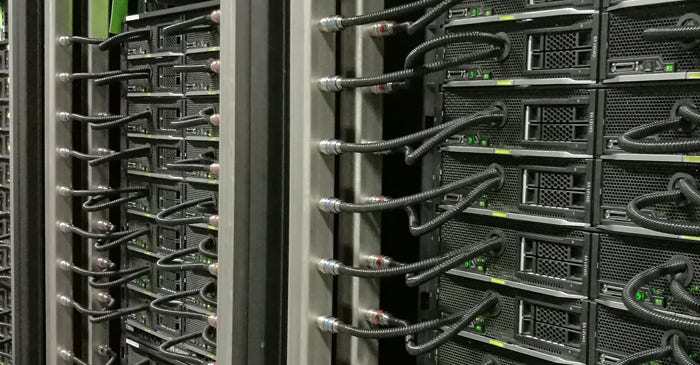Liquid cooling connection solutions for IT Cooling
Digitalization means a massive and ongoing escalation in online activity and data flow. Ever-increasing computing power comes with a growing need for data protection and vast storage capacity. The energy involved means liquid cooling is no longer a nice option but a necessity for the thermal management in electronic and IT cooling.
Liquid cooling is now the most adapted solution where air cooling is not powerful enough, for example, in the case of processors exceeding 250 W. In addition to increasing efficiency, data center liquid cooling solutions save space and reduce energy consumption.
Non-spill connection technology allows hot swapping (changing blades and racks without stopping the installation), making maintenance easier and protecting IT systems.
Perfectly integrated from the start, Stäubli liquid cooling connectors guarantee operational continuity and high availability of installations. Completely reliable, non-drip and adapted to connect cold plate, our liquid cooling connection solutions increase the safety and performance of installations: computer and electronic systems, supercomputers, data-center liquid cooling, telecommunications and broadcasting.
Liquid cooling
What are the main benefits of liquid cooling?
IT Cooling White paper
The high availability of data centers is essential.
How can you guarantee it?
The answer is in our new Stäubli white paper:
Applications in IT Cooling
- Manifold & Blade
- Heat exchanger
- Water Facility
Liquid cooling connectivity for data centers
Discover how Stäubli quick connectors ensure safe, efficient, and flexible liquid cooling in high-performance IT environments.
This 3D animation illustrates how Stäubli’s quick coupling technology supports high-performance liquid cooling in modern data centers. From CDU (Coolant Distribution Units) to GPU and CPU racks, the video demonstrates how our connectors ensure secure, leak-free connections across various components. Designed for demanding IT environments, Stäubli couplings enable fast maintenance, modular system design, and long-term reliability. Whether used in blade servers, rear-door heat exchangers, or direct-to-chip cooling, our solutions contribute to energy efficiency and operational safety—making them ideal for HPC, AI, and cloud infrastructure.
Product finder
Watch our video - IT Cooling Expert minute
How introducing liquid cooling of electronics can be challenging for data centers
Connection solutions for each of your applications, explore them:







Heat exchanger
Clean break connection solutions dedicated to heat dissipation.


Water facility - Chiller
High flow couplings for data center water treatment


Manifold manual connection
Ranges of compact couplings, for electronics cooling, at blade level, adapted to connect cold plate


Manifold blind mate connection
Ranges of couplings for electronic cooling for blind mate connection at blade level.
SUCCESS STORIES
Feedback from customer side
Get in touch with our specialist!
Contact our specialist for detailed information!